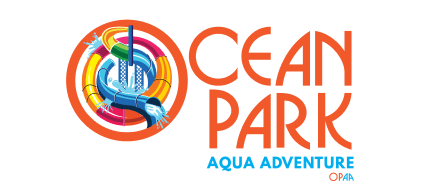The Saltwater Crocodile (Crocodylusporosus), often referred to as the saltie, is the largest of all living reptiles, as well as the largest riparian predator in the world.



HabitatSaltwater Crocodiles are highly adaptable and can live in a variety of aquatic environments, including rivers, estuaries, mangroves, freshwater regions, and even the open ocean.Their range spans from the eastern coasts of India, throughout Southeast Asia, and down to northern Australia, covering a wide area that reflects their adaptability to different environments. SizeMale Saltwater Crocodiles can reach lengths of up to 6 to 7 meters (about 20 to 23 feet), though specimens exceeding 7 meters have been reported. Females are much smaller, typically reaching up to 3 meters (about 10 feet). They can weigh over 1,000 kilograms (about 2,200 pounds), with the largest specimens possibly reaching up to 1,300 kilograms (about 2,866 pounds). OffspringThe breeding season occurs during the wet season when water levels are high. Females lay eggs in large mound nests made of vegetation and mud, typically located on riverbanks. The decomposing vegetation helps incubate the eggs. A clutch can contain 40 to 60 eggs, which are incubated for about 90 days. The temperature of the nest determines the sex of the offspring. BehaviorSaltwater Crocodiles are capable of taking down large prey due to their powerful bite—the strongest of any living animal—and their ability to perform a “death roll,” spinning their bodies to tear off flesh. DietThey are apex predators with a broad diet that includes fish, birds, mammals (from wild boar to water buffalo), and occasionally other crocodiles. Their hunting strategy relies on stealth and power, ambushing their prey with a sudden burst of speed. |










